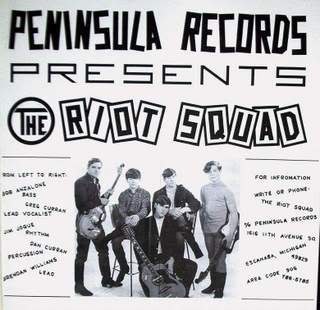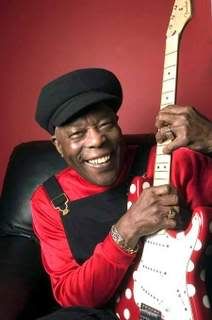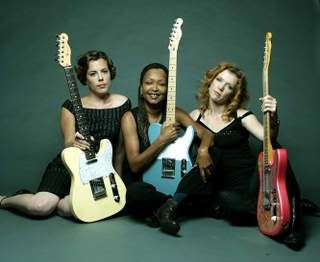
Peninsula Records promotional poster
By STEVE SEYMOUR
Escanaba's burgeoning rock scene in the 1960s resulted in a record label being founded here which released a pair of 45 rpm singles by local bands.
Peninsula Records was organized in late 1967 by promoter Gene Smiltneck, who booked rock acts through his business, Bands Unlimited. However, the label was actually owned by Smiltneck's brother Leon since the American Federation of Musicians wouldn't allow an individual to own a label and be licensed as a booking agent.
Recordings by The Riot Squad and Prophets of Doom, two of Escanaba's best known groups of the era, were issued by the label.
Announcing the formation of Peninsula Records in a press release at the time, Gene Smiltneck said, "Having been a musician and more or less knowing the ropes of the business, I began having a wonderful group of kids called The Riot Squad to my house for practice sessions and this led to an arrangement by which I became their booking agent. In the spring of 1967, we began talking about recordings and began to work up some arrangements on a few songs.
"We decided that there was more to gain than lose in producing a record featuring The Riot Squad. I began to make arrangements which led to the birth of Peninsula Records and our first recording," Smiltneck added.
Peninsula Records' debut release was a pair of cover tunes by The Riot Squad, formed just two years earlier. The top side of the seven-inch disc was a version of Ritchie Valens' "Come On, Let's Go." Published by Kemo Music, the song became the first hit for the Latino star who died at age 17 in 1959 in the tragic plane crash that also killed Buddy Holly and The Big Bopper.
The flip was a take on "Ferry Cross the Mersey," a tune Gerry and the Pacemakers took to number six in 1965. Appearing on The Riot Squad recording were vocalist Greg Curran, bassist Bob Anzalone, lead guitarist Brendan Williams, rhythm guitarist Jim Joque and drummer Dan Curran.
"With these selections, we had one fast number and one slow number. We altered the songs to fit our style," Joque recalled.
Anzalone noted he had a different choice for the flip of The Riot Squad 45, hoping to record a tune by Bobby Vee. The Riot Squad bass player was rooting for "More Than I Can Say," a minor hit from early 1961. Smiltneck, however, favored "Ferry," a smash for Gerry Marsden and his Liverpool group.
The Prophets, meanwhile, recorded a pair of original tunes for their single, both sung by bassist Dave Watchorn. The A side was a number called "I Told You," composed by Watchorn, while the B side was "Baba-Do-Wah," credited to Dave Brooks, a friend of Watchorn's from the Manistique area. Both songs were published by Five State & Hankbee Music of Yonkers, N. Y. Besides Watchorn, the Prophets of Doom included lead guitarist Larry Olivares, rhythm guitarist Mike Steede, drummer Jim Nelson and organ player Jim Smith.
Olivares had moved to Escanaba from Los Angeles, where he had met Ed King, lead guitarist for the psychedelic band Strawberry Alarm Clock. "They had just released 'Incense and Peppermints,' and I really liked King's lead guitar on the song. I was actually trying to replicate it on 'I Told You.' When I did the lead, I had this really neat fuzz box, a Vox Tone-Bender, I got in California. It didn't work well at low volume, so the lead stuff actually sounds like I used an electric sitar that was on the market at the time."
The Prophets recorded Brooks' tune because they didn't have a B side for the record, Olivares noted. "It was a typical early sixties kind of crooner love song. We actually did considerable re-arranging of the original version. It's still one of my favorites," he added.
Both discs appeared with a light blue label, which listed the address of Peninsula Records as 1616 11th Ave. So., Smiltneck's home. By the time the Prophets of Doom record was issued, the label also included the firm's telephone number, as well.
In fact, the songs issued on the label were recorded in the basement of the small house on Escanaba's south-side where Smiltneck lived at the time. Joque recalled: "Gene modified the basement with padded walls to get a good recording sound. I think he had some good state of the art recorders and we laid two tracks. We worked many hours to get the two songs down for recording. I was excited because I got to use my 12-string."
Joque was complimentary about Smiltneck. "Gene coached us with the music, engineered and produced the recordings. He had a good ear and knowledge of the business at that time."
One thousand copies of each disc were manufactured at a custom pressing plant in Cincinnati called Queen City, Smiltneck recollected.
"I remember a few of us from The Riot Squad, together with Gene, would drive around the Upper Peninsula to various businesses, like cafes, bars and record shops to promote and sell the records. Although we really were not in it for making revenue, other than covering the cost of making the record, our intentions were to promote The Riot Squad as a 'recorded' band," Joque recalled.
Was a third 45 ever considered? "No," Smiltneck responded. "We didn't profit from the sales. But the airplay certainly created popularity for both bands."
Both records are hard to find today.




